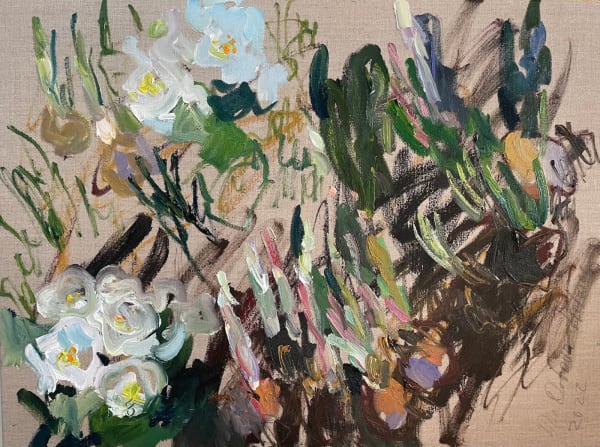-
Upcoming Fairs
-

Spring Decorative Fair
Battersea Park 7 - 12 May 2024Opening times; Tuesday 7 May 12pm-8pm Wednesday 8 May 11am-8pm Thursday 9 May 11am-8pm Friday 10 May 11am-7pm Saturday 11 May 11am-7pm Sunday 12 May 11am-6pm Address; Evolution London Battersea... -

The Petworth Park Antiques & Fine Art Fair
Petworth 17 - 19 May 2024Opening times; Friday 11am-7pm Saturday 10:30am –6pm Sunday 10:30am –5pm Address; The Marquee Petworth House and Park Petworth West Sussex GU28 0QY -

LAPADA at The Game Fair
Blenheim Palace 26 - 28 July 2024Opening times; Friday 26 July 9am-6pm Saturday 27 July 9am-6pm Sunday 28 July 9am-5pm Address; Blenheim Palace Woodstock Oxfordshire OX20 1UL Find us on stand 17 For more information, please...
-
-
Artwork Categories







